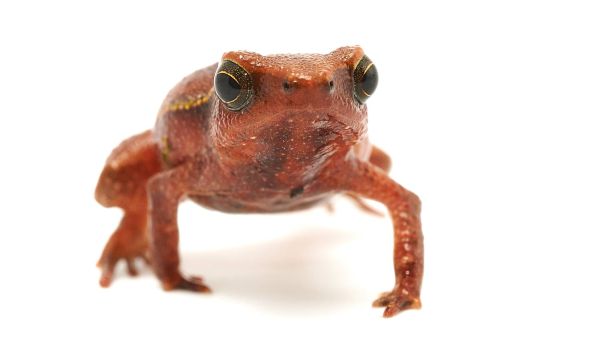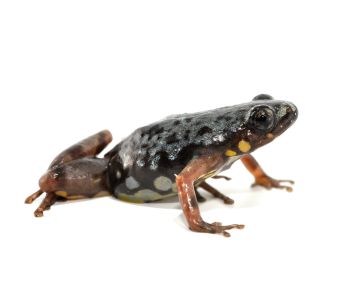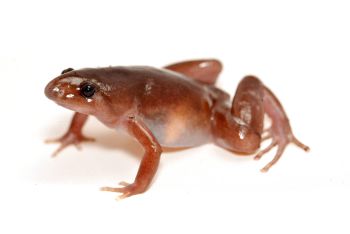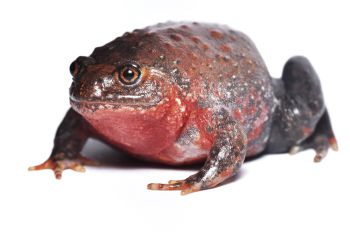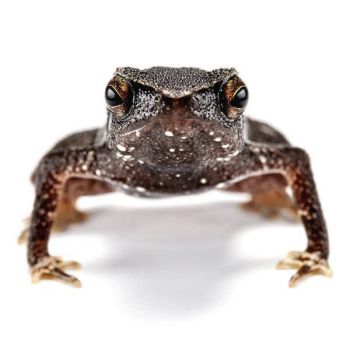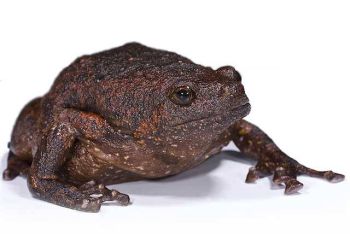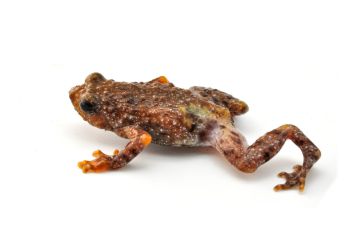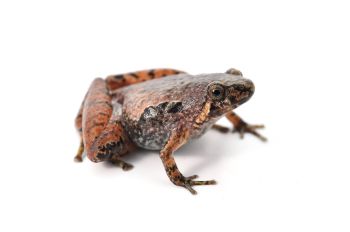
Frogs of Borneo

Frogs of Borneo

Frogs of Borneo

Frogs of Borneo

Frogs of Borneo

Frogs of Borneo

Frogs of Borneo

Frogs of Borneo

Frogs of Borneo

Frogs of Borneo

Frogs of Borneo
Bornean Families
Genus: Microhylidae
Microhylidae
Narrow-mouthed Frogs
Narrow-mouthed frogs are specialized predators of small prey, such as ants, mites, and termites. As an adaptation to small prey, most microhylid frogs completely lack teeth. Species of Glyphoglossus (formerly Calluella), Kaloula, Gastrophrynoides, and Microhyla are terrestrial or fossorial, whereas others (Chaperina, a few species of Kaloula, Metaphrynella) have the ability to climb vegetation.
Using standing bodies of water for reproduction is likely the ancestral condition for microhylids. Some species, however, have adapted to using small quantities of water that accumulate in bamboo internodes, tree holes, Nepenthes pitchers, animal wallows, and similar microhabitats. We call such a small body of water a phytotelma. The reproductive biology of narrow-mouthed frogs commonly includes aquatic eggs and a free-swimming larval stage capable of highly efficient suspension feeding. This means that the tadpoles are able to filter very small particles (down to the size of bacteria) from the water current that they pump through their internal gill-filter system.
Microhylid tadpoles generally lack expanded oral discs and keratinized mouthparts. The gill spiraculum is situated in a postero-median position on the belly. Most microhylid tadpoles are highly efficient suspension-feeders.
Some microhylid groups (for example, in New Guinea) have evolved terrestrial clutches and direct development. Almost all Bornean species of microhylids have free-swimming tadpoles; however, for some (e.g., Gastrophrynoides), positive evidence about their reproductive mode is still lacking.
